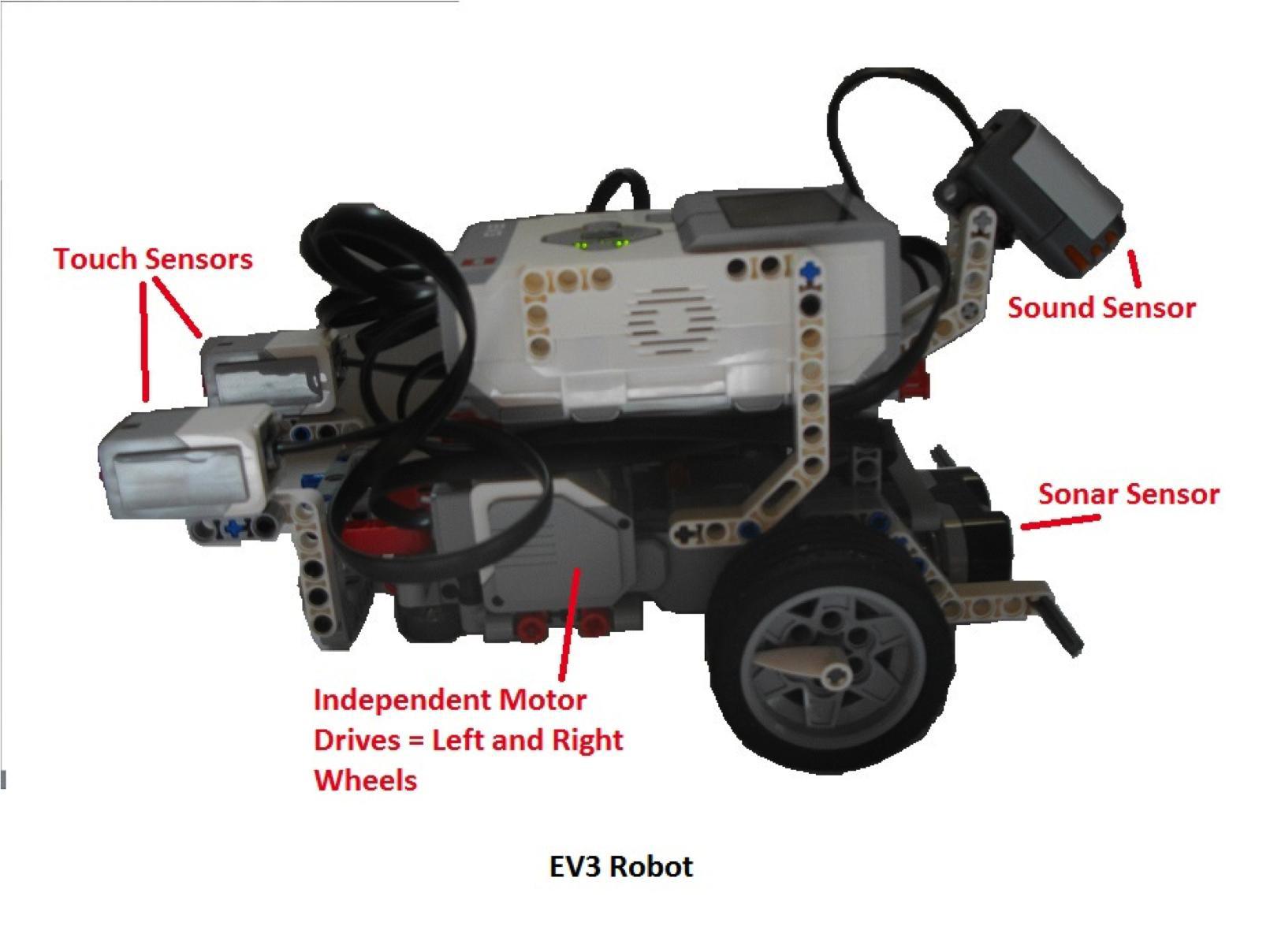Digital model of the brain of a nematode worm uploaded to a robot from Lego

Modeling the workings of the human brain is a task that scientists can only accomplish in a distant future (if at all). Displaying all these billions of connections between neurons in a digital model, as well as simulating the exchange of information so far no one can.
But this concerns the human brain. But a simplified model of the brain of the simplest worm-nematodes have already been created. An article about the OpenWorm project has already been published on Gikah, whose participants are trying to create a digital model of the worm, both the brain and the whole body.
The fact is that a nematode is a very simple organism, consisting of just over 900 cells. The nervous system of the worm consists of 302 neurons. The interaction between individual cells and systems has been described for a long time; therefore, it is relatively easy to create a digital copy (as compared to the complexity of modeling in the figure of more complex organisms).
')
Whatever it was, scientists still managed to describe the work and connections between all 302 neurons of the worm's brain, as well as simulate the work of the brain in a digital model. Scientists have placed the digital model in a robot from Lego Mindstorms EV3 ( its review on Geeks), all elements of which have their analogs in the body of a real worm. So, the sonar here replaced the nose of the worm, and the servos - motor neurons in each part of the worm's body.
Surprisingly, without any additional instructions, the robot was able to move independently, and the robot's behavioral patterns are similar to those of a regular worm. So, activating the “food sensor” made the robot move forward, and touching the front or rear sensor caused the robot to move forward or backward.
It is worth noting that the simulation of the brain is still not complete - scientists used some simplifications and approximations to launch a digital copy in the foreseeable time. But the fact is that even such a simplified copy was able to protect the robot from colliding with obstacles (without additional instructions in the program). In addition, the robot was able to independently choose the direction of movement, which can also be called a significant achievement.
Source: https://habr.com/ru/post/364407/
All Articles